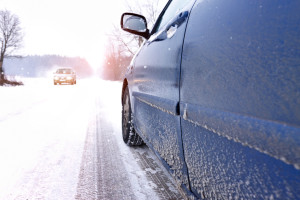Despite the warm spells this fall, as temperatures cool across the nation heading into winter, we at Active Green + Ross Tire Centres want to remind drivers that it’s time to start thinking about winter driving conditions and how to protect themselves and their passengers on the road.
While it’s important to adjust driving habits to weather conditions, according to Marc Brazeau, President, Automotive Industries Association (AIA) of Canada, the most imperative thing Canadians can do to protect themselves and their loved ones is transition to winter tires.
“The idea that all-season tires are as effective as winter tires is a dangerous misconception,” said Brazeau. “The design and durability of winter tires improves performance and enhances safety in a variety of road conditions. They’re the one and only choice for winter driving.” Continue reading Are Your Tires Ready For Winter Weather?










